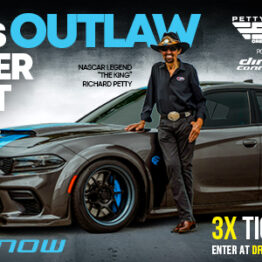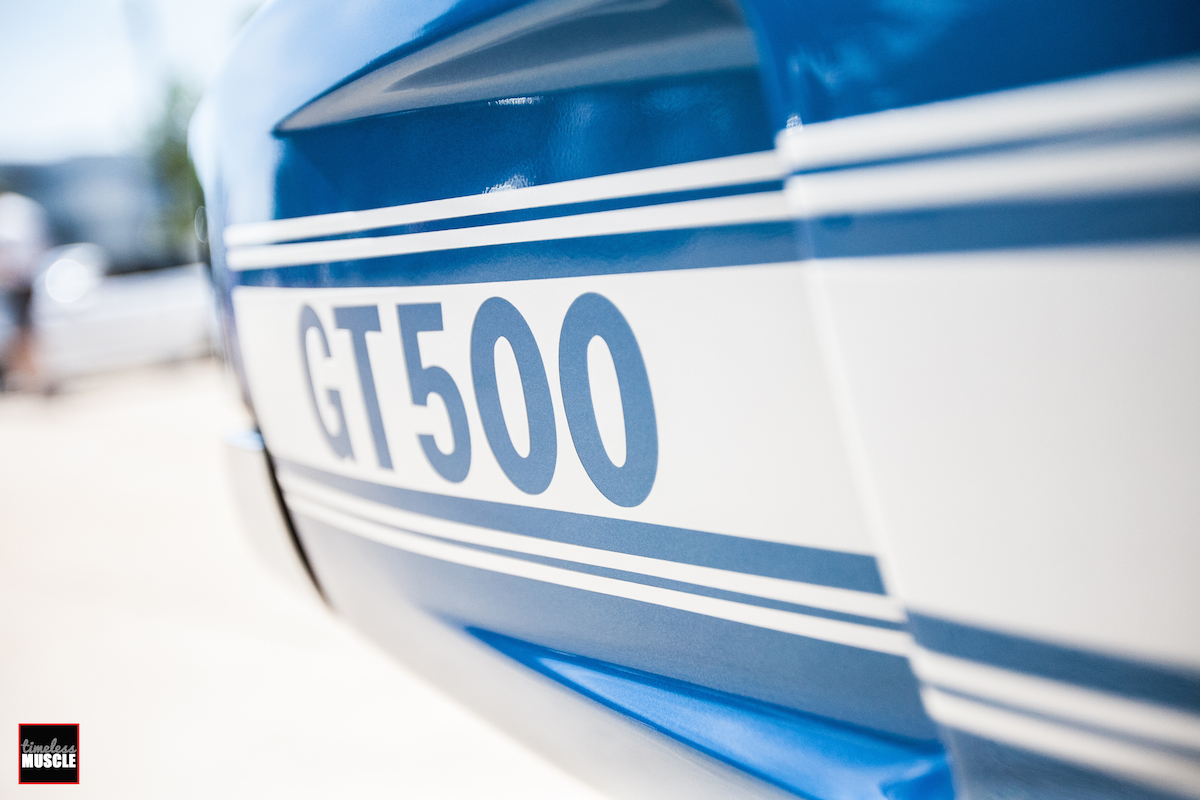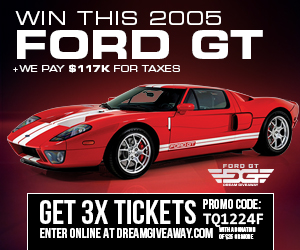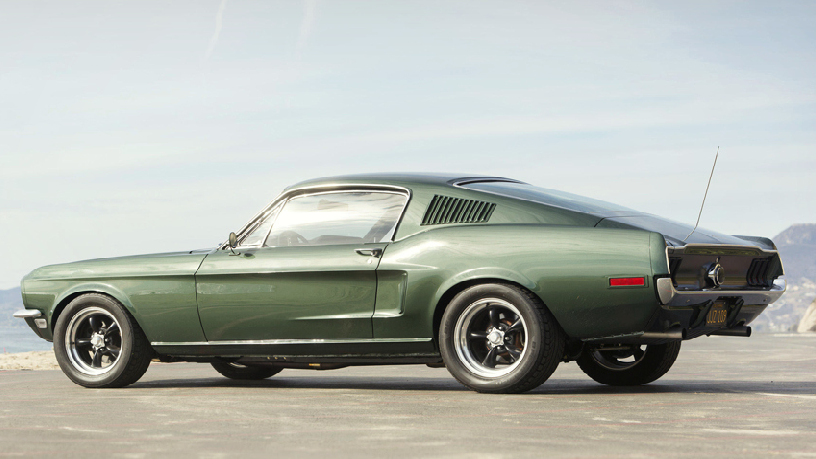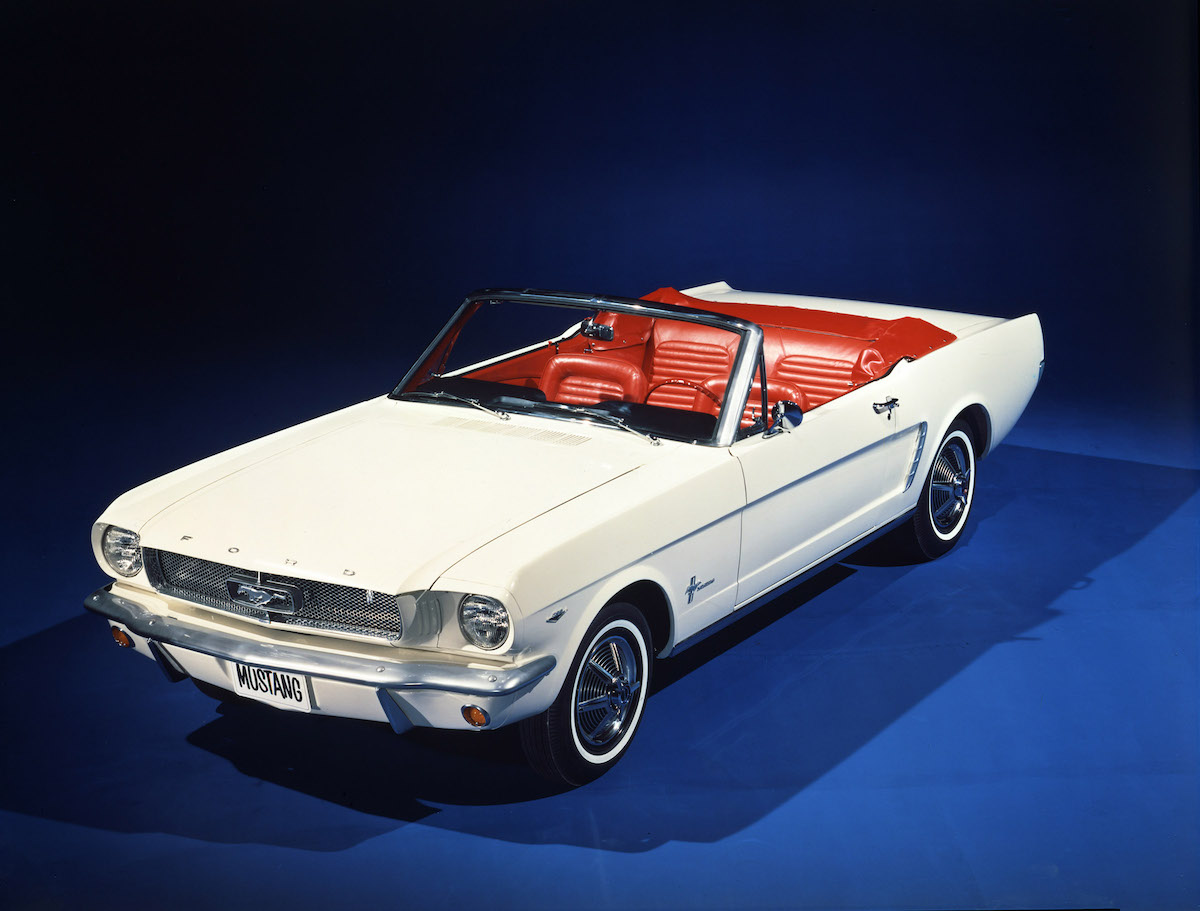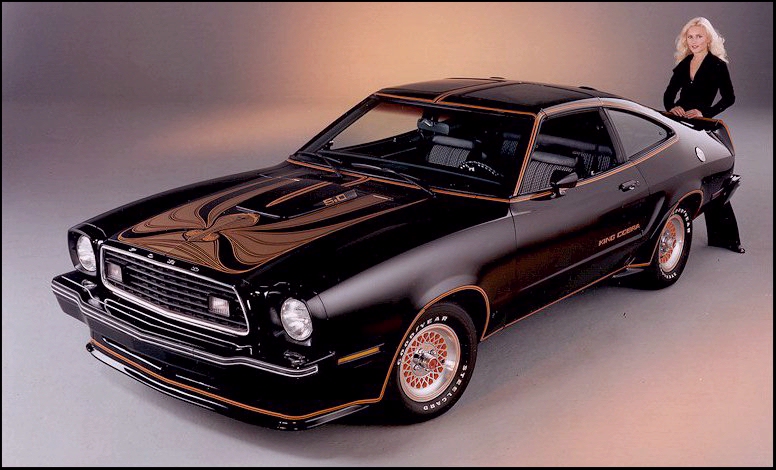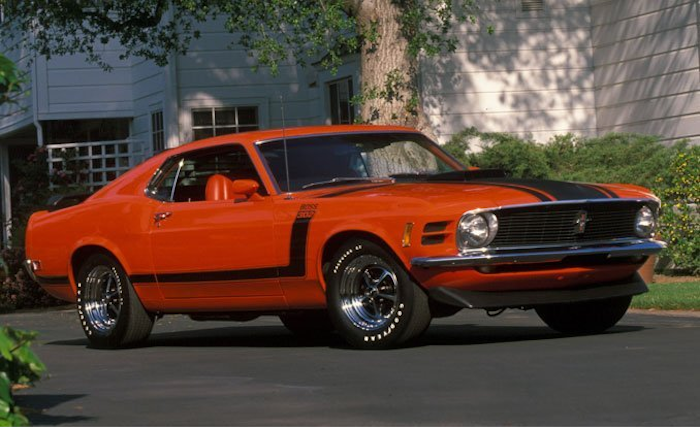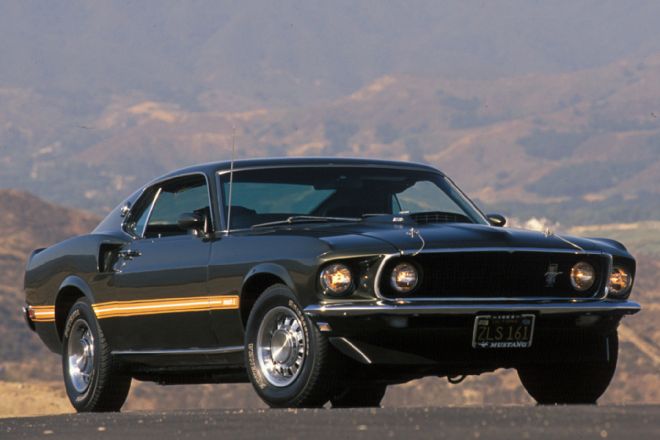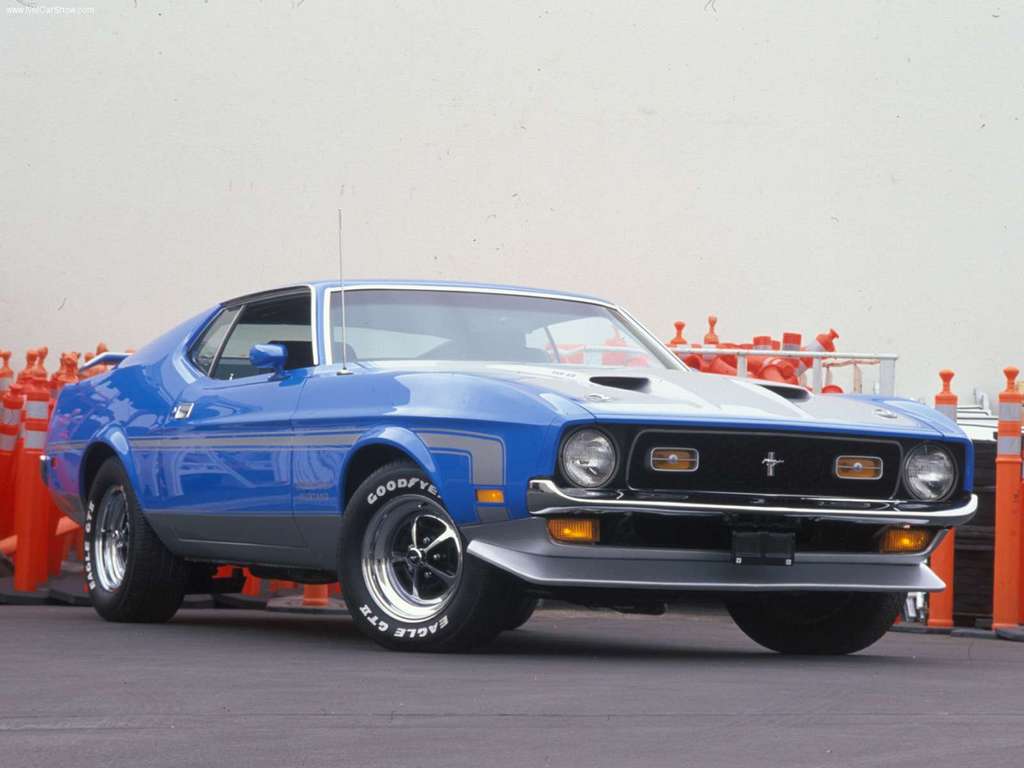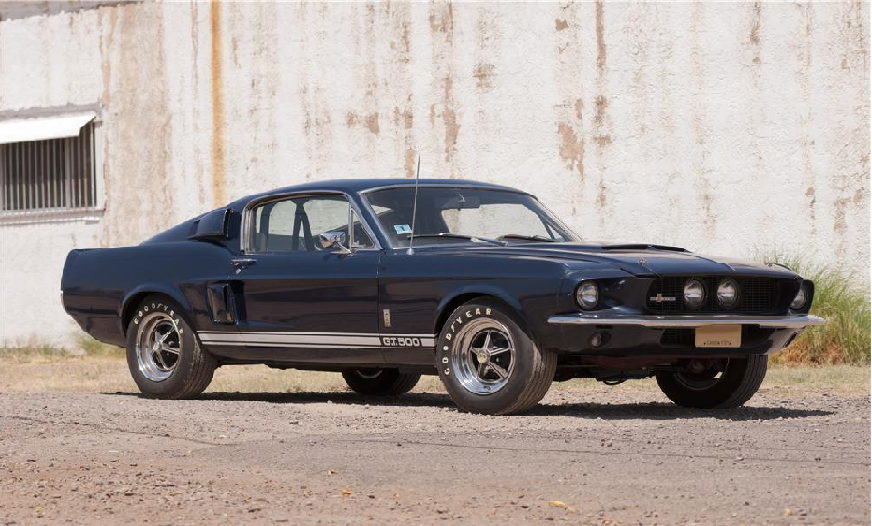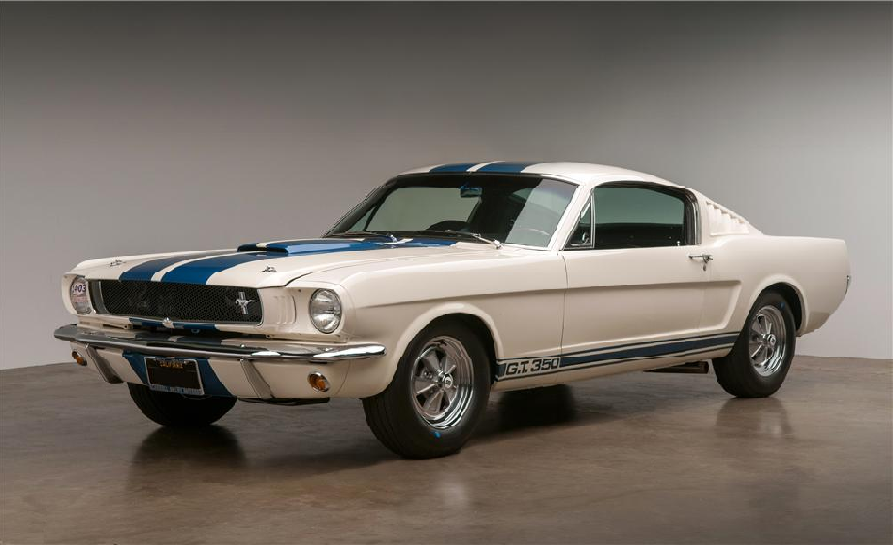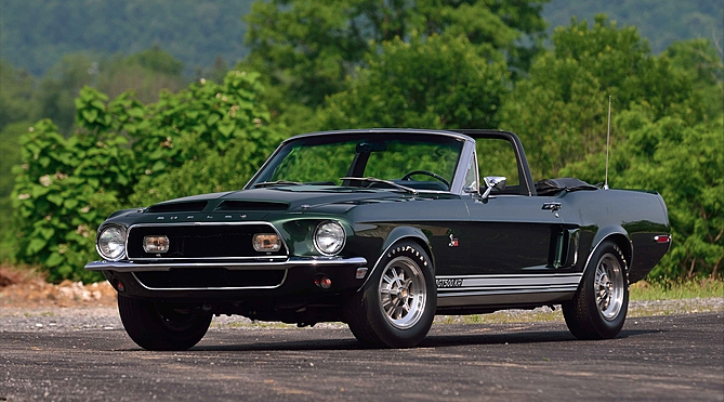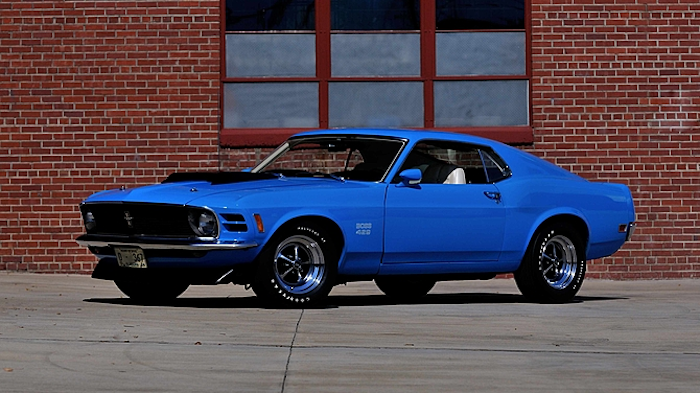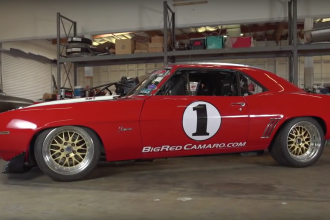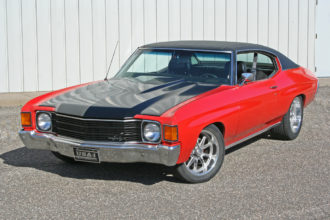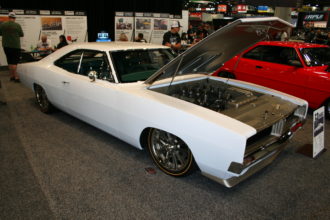photos by: Timeless Muscle and various sources
We Pick our Top Ten Favorite Iconic Muscle Mustangs
Mustang enthusiasts can relish that first moment when they heard the distinctive rumble of the Ford pony car, and fell in love. Since its introduction on April 17, 1964, the Mustang has evolved with the times; from the originals of the first generation, to surviving the oil crisis during the second, becoming the Fox Body of the ’80s and early ’90s, to getting back to its roots of iconic styling and vast performance of the present day. We all can agree that the Mustang would not be where it is today without the original vision of Lee Iacocca, Larry Shinoda and those early generation ‘Stangs.
Trying to pick just ten of the early generations was a difficult decision. Being a Mustang lover, this author has reasons to put just about any year on this list. Of course every car enthusiast’s list will differ, but your author will count her top ten Mustangs from 1964-½ through 1978.
- 1968 390 GT “Bullitt”
Starting off this list is the 1968 390 GT fastback; more specifically the “Bullitt” fastback driven by Steve McQueen in the 1968 movie of that namesake. Mustangs of that year came as hardtops, 2+2 fastbacks and convertibles; and had seven engine options from the 120 horsepower 200 ci. 6-cylinder to the 335 horsepower Cobra Jet 428. The 390 was an engine option for the 1968 Mustangs which produced 325 horsepower.
The 390 GT gained mass appeal after being featured in the film’s a high speed chase. For the movie there were only two of these cars used, both in Highland Green, and one of them was trashed during filming. The other still exists to this day in a private collection.
What makes this car so cool, to us, is not its speed or power but the fame it incurred on film. It eventually lead to enthusiasts producing their own “Bullitt” Mustangs and later, in 2001 and again in 2008, for Ford to create a special Bullitt-inspired ‘Stang.
- 1964 ½ “The Original”
In this author’s opinion no Mustang list can be complete without the one that started it all, the 1964-½. The first ‘Stang rolled off the production line on April 17, 1964 to high demand, the highest since the Model A. These first cars had a 170-cubic inch Straight-6 engine from the Ford Falcon; while 260- and 289-cubic inch V-8s were optional. In fact these first Mustangs borrowed parts for the interior, chassis, suspension and drivetrain from both the Falcon and the Fairlane – becoming one of the first “parts bin” vehicles ever produced. Options for the transmission were a 3-speed manual, 4-speed manual, or the “Cruis-O-Matic” 3-speed automatic.
They were powered by a generator instead of an alternator, and that generator made the battery run so hot that louver vents were placed as a cooling system by the battery. Of the 121,538 produced, there were 92,705 hardtops and 28,833 convertibles.
Since these early Mustangs were more aimed at the youthful, entry-level buyer at the time, they were not full of luxury options and certainly needed some refining. However without them and the vision of Lee Iacocca, the Mustang would never have a chance to become the car it is today.
- 1978 Mustang II King Cobra
Another almost no-brainer is the 1978 Mustang II King Cobra. From 1974-1978 Mustangs became known as the ‘Mustang II’ and were nothing like the car we had all grown to love by that point. Because of the oil crisis and emission restrictions, many muscle cars fell by the wayside, but Ford was able to keep their pony car alive through this trying time.
So right before the change to the Fox Body, Ford had its last hurrah with the King Cobra to pave the way into the next generation. There were only 4,318 of these cars produced, and they only came with the 302 cubic-inch, 5.0-Liter engine. Four-speed manual transmissions were standard, but you could get an automatic for an extra charge. T-tops were also an extra option.
Due to the immense success of the recently released film, Smokey and the Bandit and the Pontiac Firebird as a result, the King Cobras had the iconic “Trans Am-style” cobra and engine callout on the hood, as well as a deep air-dam, hood scoop and pin-striping. This car was even more unique because fuel economy standards were still in place, but Ford chose to build a car that would stretch these standards. So, only one engine was produced, in an attempt to balance out their fuel economy allowance.
- 1970 Boss 302
Next up is the Boss 302, which was specifically designed to race in the Trans-Am Racing Series as well as beat the new powerful competition; the Camaro. It was equipped with a 302-cubic inch Ford Windsor block with Ford Cleveland 351 cylinder heads producing 290 horsepower. This pony could go from 0-60 in 6.9 seconds and run 14.6 seconds in the quarter-mile at 98 mph. It was also incredibly affordable at just $3,720.
The exterior received the iconic “C-stripe” that ran from the hood, down the fender, and across the side of the car. The dual exhaust was redesigned for this year as well. Finally, the hood was fitted with an optional Shaker scoop.
This setup seems rather simple, but the Boss 302 was specifically designed to be an affordable street car that could beat the new Z/28s.
- 1969 Mach 1 Cobra Jet 428
Mach 1’s were a performance-oriented option package for the standard Mustang. They were specifically made from the new sportsroof body style, which replaced the fastback. These were about four inches longer than previous years. It could be equipped with five different V-8 engines; the most notable of which being the Cobra Jet 428, a 7.0L engine producing 335 horsepower.
The Cobra Jets had a fully functional shaker hood scoop on an all matte black hood. The gas cap and exhaust tips were chrome and owners had the option of adding a chin spoiler, rear spoiler, and/or rear window louvers.
As if the Cobra Jet wasn’t cool enough, there was also a Drag Pack option, deemed the Super Cobra Jet. These beasts were equipped with traction-lock, an upgraded suspension, and staggered rear shocks.
- 1971 Boss 351
If you wanted the sound of the Boss 302 but with more power, the Boss 351 is the right choice. There were 1,806 of these built in 1971. Running on a high output 351 cubic inch R-code V-8, these machines produced 330 horsepower and 370 foot-pounds of torque. Their 4-speed manual transmission was equipped with traction-lock and a 9-inch rearend with 3.91:1 gears.
Being the last powerful ‘Stang before the Mustang II took over; these beasts were powerful enough to outrun most big-blocks. They just barely got beat out by the Cobra Jet in the quarter-mile, running 13.8 seconds. Not only are these cars fast, but they also have an incredibly rare carburetor built specifically for them; a 4-bbl. Autolite Model 4300-D.
- 1967 Shelby GT-500
This list has to include “Eleanor,” Carroll Shelby’s second Mustang after the GT-350. The GT-500 had a 428 cubic inch engine with 2 4-barrel carbs on a mid-rise aluminum intake manifold. It ran 13.6 seconds in the quarter mile at 106 MPH and could accelerate 0-60 MPH in 4.8 seconds.
There were 2,048 GT-500’s produced; of those there was one Shelby GT coupe deemed “Little Red,” one convertible, and one “Super Snake” with a racing engine producing 650 horsepower. These cars were designed to look aggressive; having an exaggerated nose extension and center based driving lights. They also had GT-500 rocker panel striped and emblems adorning the front grill, front fender, and rear deck.
Any Shelby designed car is an instant classic, and the GT-500 is no exception; gaining notoriety with the younger generation in the remake of the movie Gone in 60 Seconds.
- 1965 Shelby GT-350
Even though the GT-500 is more powerful, the GT-350 gets ranked higher because it was the first performance Mustang designed by Carroll Shelby. This design paved the way for the later models. Shelby was able to turn a 271 horsepower 289 engine into one producing 306 horsepower. These cars were given a stiffer suspension and all had a 4-speed-Borg-Warner T-10 manual transmission.
All 562 produced were painted Wimbledon White with Guardsman Blue rocker stripes. Very few of these stripes extended across the hood but, thanks to the dealers, nearly 28% had them. Also, Shelby removed the rear seats which allowed the GT-350 to be raced in the SCCA as a “sports car.”
If that’s not enough, there was a race version as well which made 370 horsepower. These were even rarer; only 36 were produced.
- 1968 Shelby GT-500KR
The next Shelby is rightfully deemed the “King of the Road,” endowed with a 428 Cobra Jet engine with Ram Air Induction and “Cobra Lemans” engraved on the valve covers to show Ford’s win over Ferrari at the Lemans in 1966 and 1967. Beating Ferrari was important to Carroll Shelby.
These cars were conservatively rated at 355 horsepower but actually produced closer to 400. The 500KR came in Fastbacks as well as convertibles, 933 and 318 created respectively. They had the aggressive stance like their Shelby brethren but also had rear hood louvers and twin front hood scoops. There is no doubt about it; this beast is definitely the “King of the Road”
- 1970 Boss 429
Topping out this author’s list is one of the rarest and most valuable muscle cars of all time, the “Boss 9.” This car is so rare that only 499 of them were produced in 1970. Like the Boss 302 was produced for the SCCA, the Hemi engine of the 429 was produced for NASCAR and to compete with the 426 Chrysler Hemi. In order to do so, at least 500 had to be produced for the general public. The engine began as a Ford 385 with aluminum cylinder heads, no head gaskets, a single Holley 4-barrel carb, and a Hemi-type combustion chamber. Because of insurance costs and legal issues, the Boss 429 was incredibly underrated at only 375 horsepower. However, it may actually have been producing over 500.
This car would never have existed if it wasn’t for Kar Kraft who modified the Cobra Jet Mustang in order to fit the massive 429 engine. His initials are actually in the vehicle’s identification number. Kar had to widen the shock towers and inner fenders as well as move the battery to the trunk in order to do so, but the end result is truly an impressive one.
Well, that’s it for this author’s list. Every car enthusiast certainly has their own opinions for their top early generation ‘Stangs, and we would love to hear them.
Ashley Cegelka basically grew up at car shows as a kid, which nurtured her love of classic musclecars. As she got older, her love heightened for the Ford Mustang specifically, and her first car was an ’83 Mustang with T-Tops that her grandpa helped her to get out on the road. Now that she’s grown her summers are spent at car shows and the dragstrip, taking in the rumble of an awesome engine and the clean lines of a great ride.

